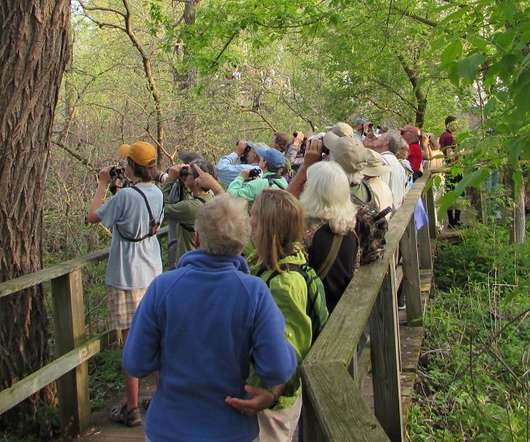A Survey of U.S. Birders
10,000 Birds
APRIL 13, 2021
The survey was a join effort with the University of Minnesota. The survey also sought to identify “the key attributes important to birding experiences” and learn more about “decisions to participate in birdwatching and level of identity as birdwatcher.”. Broadly speaking, they were not.) Citation: Patton, Stephanie. Paul, MN 55108.












Let's personalize your content